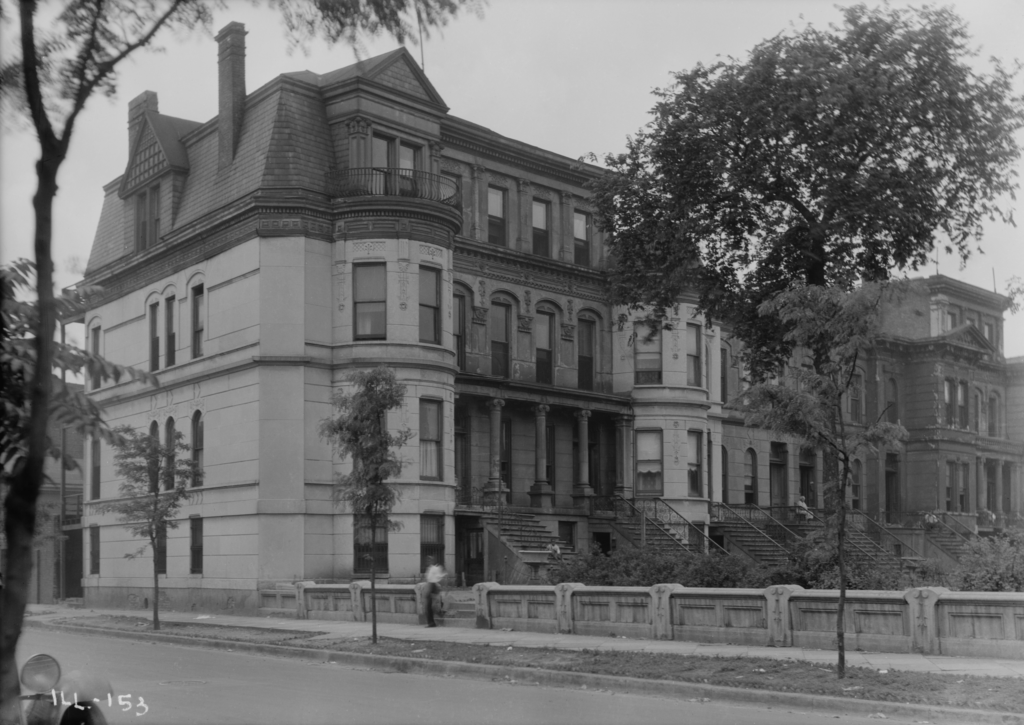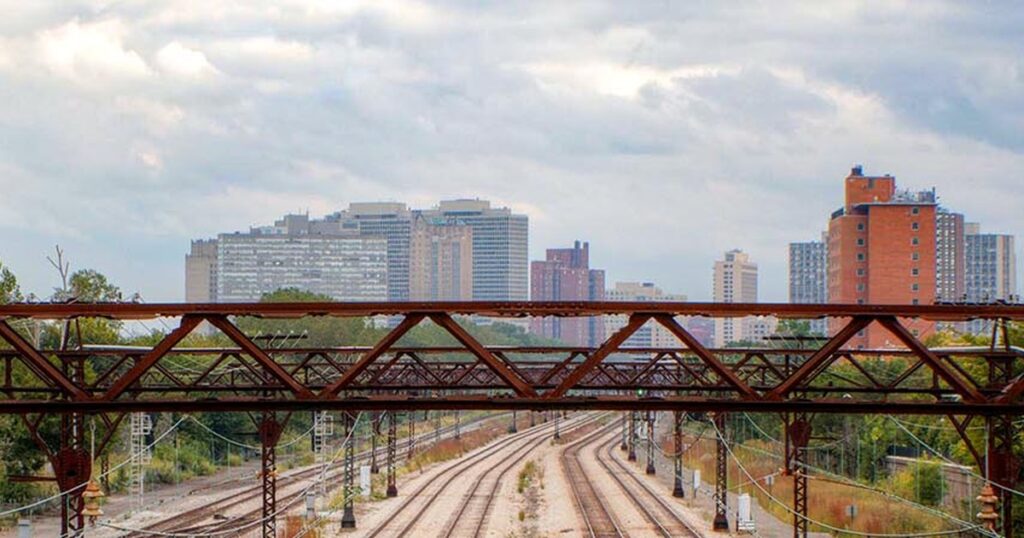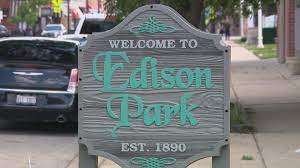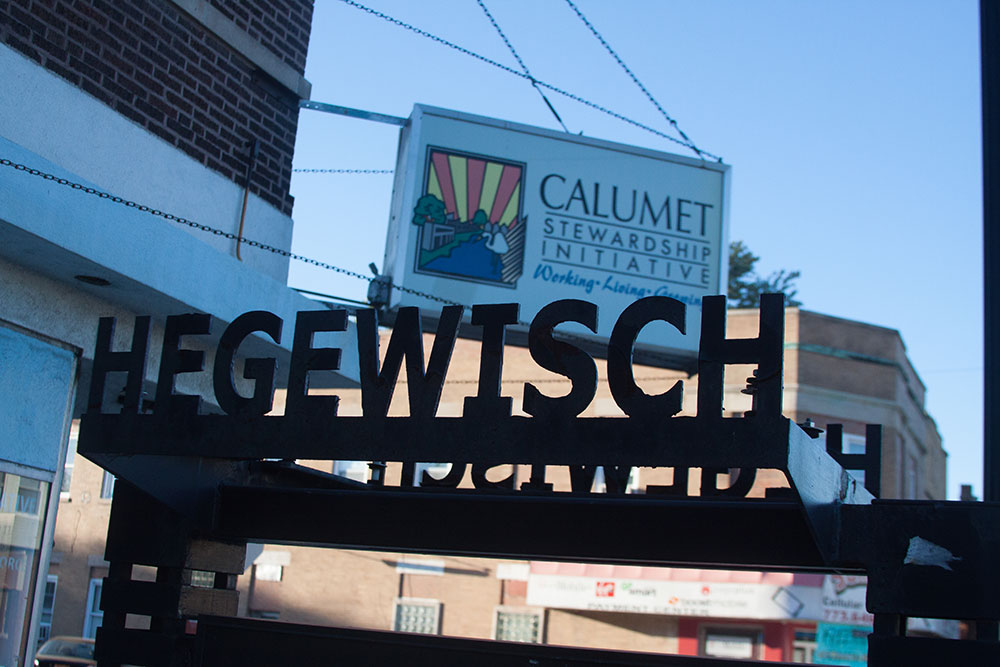Oakland in Chicago: A Glimpse into the Past and Present
Oakland, renowned for its rich history and cultural diversity, is a shining gem in the heart of Chicago. This community, despite its small size, brims with stories that mirror the larger narrative of the city itself.
Geographical Boundaries
Situated on the South Side of Chicago, Oakland forms one of the 77 officially designated community areas in the city. Its geographical confines stretch from 35th to 43rd Streets, and between Cottage Grove Avenue and Lake Shore Drive. Covering an area of roughly a square mile, Oakland is one of the smallest communities in Chicago by area, yet its cultural and historical significance is undeniably immense.
The Dawn of Oakland
The origins of Oakland can be traced back to a settlement named “Cleaverville”. Charles Cleaver, a prominent industrialist, bought a 22-acre piece of land near 38th Street and Lake Michigan in 1851. He established a soap factory and a company town, Cleaverville, that included a commissary, church, town hall, and homes for the factory workers.
In 1871, real estate developers subdivided the area and renamed it Oakland. The area was incorporated into Chicago in two stages, with some parts annexed in 1863 and the remainder in 1889.
The Golden Years
The period between 1872 and 1905 marked the golden years for Oakland. It emerged as a coveted residential area for many of Chicago’s elites. The Illinois Central Railroad terminal, constructed at 39th Street and Cottage Grove Avenue in 1881, significantly improved transportation and accessibility, turning the area into a bustling hub of commercial activity known as the “Five Crossings”.
Architectural Marvels

Oakland boasts some of the most beautiful old homes in Chicago, especially along Drexel Boulevard. One of the most notable architectural landmarks in the area is the Abraham Lincoln Center, founded by Jenkin Lloyd Jones in 1905. This historic building, designed by the legendary Frank Lloyd Wright, now serves as the home of Northeastern Illinois University’s Center for Inner City Studies.
Population Dynamics
The demographic composition of Oakland underwent a significant shift during the first wave of The Great Migration between 1916 and 1920. During this period, many African-Americans settled in Oakland. By the 1930s, the area was a diverse melting pot with a mix of African-Americans, Germans, Jews, English, Irish, Canadians, and Japanese. However, racial tensions escalated with the increase in the African-American population. Despite attempts to deter the influx, by 1950, the African-American population constituted around 77% of Oakland’s total population.
Housing Developments
The housing landscape of Oakland evolved in response to the changing demographic patterns. Numerous single-family houses and apartments were constructed to accommodate the influx of Irish immigrants in the late 19th century. The Chicago Housing Authority constructed the Ida B. Wells Homes housing project between 1939 and 1941. This project significantly increased the African-American population in the area, and Oakland became a part of the larger Bronzeville neighborhood.
Economic Challenges
Oakland faced significant economic challenges in the 1970s. The public housing projects, once the pride of the community, became crime-infested. Street gangs, such as the Disciples, Vice Lords, and Black P. Stones, took control of the area. The city of Chicago demolished dilapidated buildings, leaving vacant lots scattered throughout the community. As a result, the average income in Oakland fell below the poverty level.
Revitalization Efforts
In the 1990s, under the leadership of Robert Lucas, the Kenwood-Oakland Community Organization (KOCO) rehabilitated several buildings in the community and successfully pressured the city to invest in Oakland. The North Kenwood–Oakland Conservation Community Council, led by Shirley Newsome, initiated the Kenwood-Oakland Parade of Homes in 1994. This event aided in the development of single-family houses, townhouses, and renovated buildings.
Prominent Residents
Oakland has been home to several notable individuals. One such resident was Hannah Greenebaum, a 19th-century women’s rights activist and Jewish campaigner.
Today, Oakland stands as a testament to the resilience and strength of a community that has weathered numerous challenges. Its cultural diversity, rich history, and ongoing revitalization efforts make it an integral part of Chicago’s vibrant tapestry. As we move forward, Oakland continues to evolve, offering a unique blend of past, present, and future that reflects the spirit of Chicago itself.
Oakland’s story is a testament to the resilience and diversity of Chicago’s communities, a small area with a big heart, encapsulating the city’s history, struggles, and triumphs. It serves as a poignant reminder that every community, no matter its size, has a unique story to tell.


